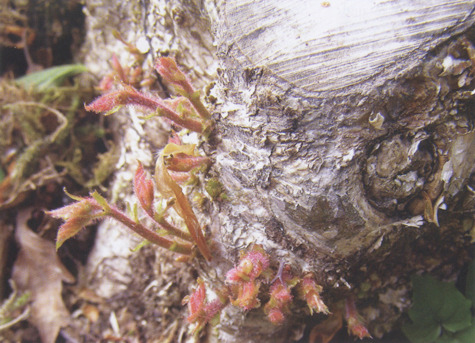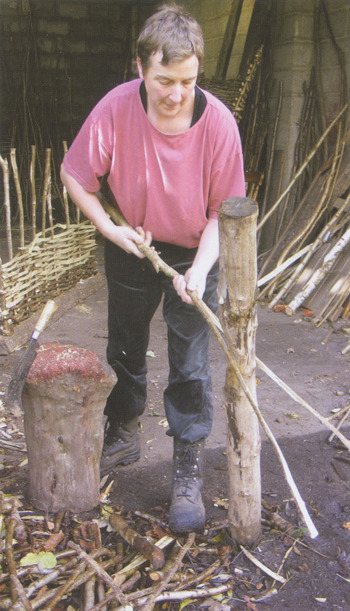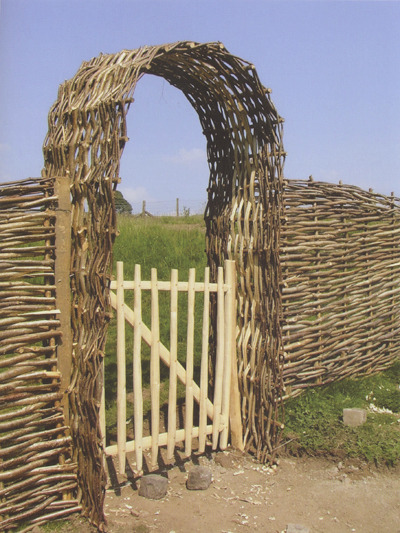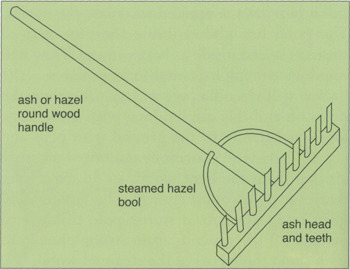Coppicing & Coppice Crafts
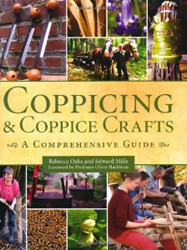
Sustainable wood harvests
Coppicing is an old art of the repeated harvesting of small-diameter wood from the same bush or tree. Once cut, the branches grow back, often pretty fast. Coppicing is common tradition around the world, particularly where big lumber is scarce. This book teaches the traditions and skills of coppicing as practiced in England. Coppicing is a useful art for homesteaders because you can sustainably extract wood products from a small lot or even fence row. Coppiced wood can be woven, used for carving, making chairs, charcoal, and for firewood. This English book is the best guide to the craft, instructing you in how to grow, manage, and use coppice bounty. One note, emphasized by the book: the biggest challenge in coppicing today is controlling deer, which were not a problem in old days (everyone ate them), but their huge populations now devour coppice shoots indiscriminately.
12/25/12Excerpt
Coppicing makes use of a mysterious property that most trees have: when cut down they do not die but grow again from the stump or roots. People have used this behavior for at least 6,000 years to generate renewable supple of wood for fuel or to use for many crafts, simple or specialized.
*
Seven-year-old hazel ready to be cut again.
*
New growth on hazel -- only a few days old.
*
Tips on dealing with brash
If there is a lot of waste, burn brash on fires raised off the ground, or on areas of little value such as rhododendron stumps.
If there is not much waste, scatter it around and it will rot away very quickly.
Make brash piles but keep them small and dense.
Consider chipping but remove the chips and compost elsewhere.
Making dead-hedging keeps brash relatively tidy and in one place, and helps to deter deer if tall enough (a dead hedge is really just a tidy wind-row).
*
Splitting post and chopping block all to hand.
*
Finished hurdle with arch and gate.
*
A Northern style hay rake with a bent hazel bool.
Coppicing & Coppice Crafts Rebecca Oaks, Edward Mills 2012, 192 pages $27


